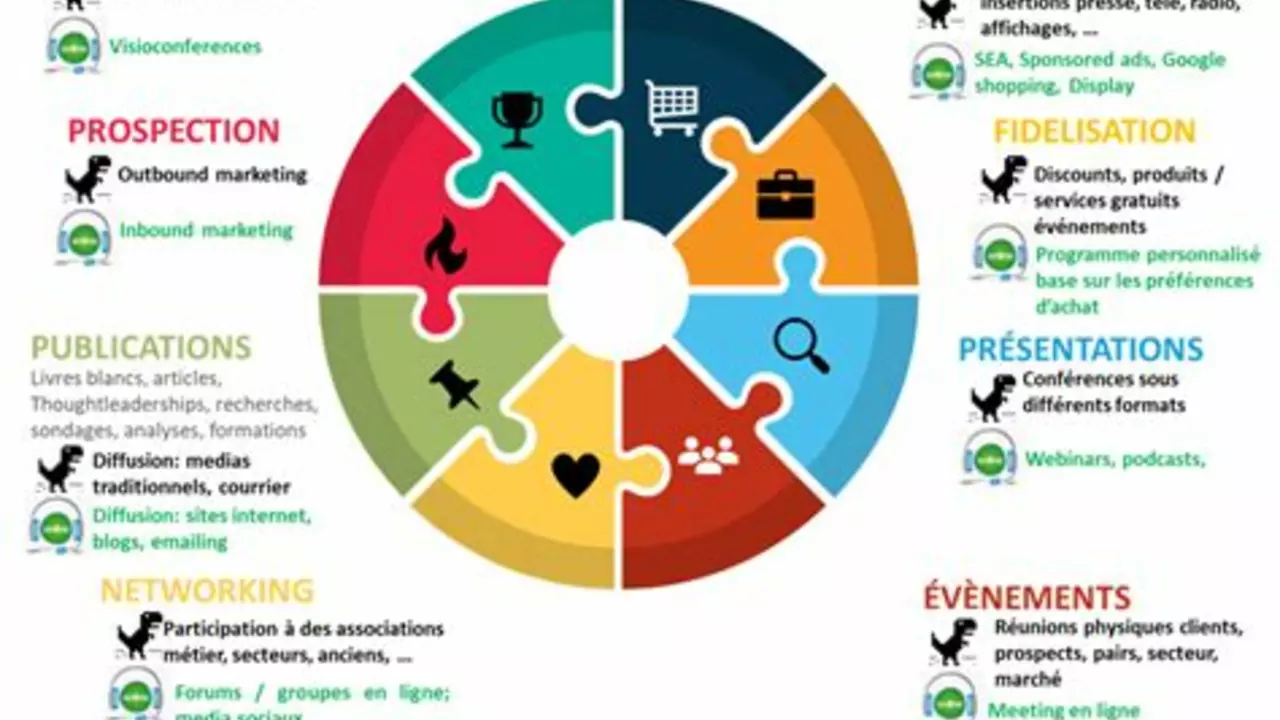Traditional Marketing: What It Is and Why It Still Works
When you hear "marketing," you probably think about ads on Google or Instagram. But the old‑school methods—TV spots, flyers, billboards—are still alive. They reach people who aren’t glued to a screen and they create tangible touchpoints that digital can’t match.
Why Traditional Marketing Still Matters
First, offline channels build trust fast. A glossy magazine ad or a well‑designed brochure feels real, and people often trust what they can hold in their hands more than a banner they scroll past. Second, traditional tactics cut through the noise of endless online posts. A local radio jingle or a community event gets you top‑of‑mind without competing against a flood of digital content.
Third, many buyers still rely on offline cues when making big decisions. Think about buying a car or a home—showrooms, printed brochures, and in‑person demos play a huge role. Ignoring those cues means missing out on a big chunk of potential sales.
Effective Traditional Marketing Tactics
Print advertising isn’t dead. A well‑placed newspaper or magazine ad can target specific demographics. Choose publications that your ideal customers read and keep the copy short, clear, and action‑oriented.
Direct mail works when you personalize it. A postcard with a limited‑time offer, a handwritten note, or a catalog that matches the recipient’s interests can spark a response. Track results with unique promo codes or QR codes.
Event marketing gives you face‑to‑face time. Sponsor a local fair, host a workshop, or set up a pop‑up shop. People remember experiences more than clicks, and you can collect leads on the spot.
Outdoor signage like billboards or transit ads catches commuters who are stuck in traffic or riding the bus. Use bold visuals and a simple message that can be read in a few seconds.
Radio and local TV spots let you reach listeners during their commute or viewers during prime time. Keep the script conversational, include a clear call‑to‑action, and repeat your brand name.
Combining these tactics with a bit of digital follow‑up maximizes impact. For example, a flyer can drive people to a landing page, or a radio ad can encourage them to text a keyword for a discount.
Measure success the same way you would online—track phone calls, foot traffic, coupon redemptions, and sales spikes after a campaign launches. If you can link a result back to a specific ad, you’ll know what works and can double down.
Bottom line: Traditional marketing isn’t a relic; it’s a powerful complement to digital. Use print, events, and outdoor ads to reach the audience that digital misses, and watch your brand become more memorable and trustworthy.
- Dustin Chamberlain
- 0
Can traditional marketing and digital work together?
In today's fast-paced digital world, one might wonder if traditional marketing still has a place. However, from my perspective, traditional and digital marketing can not only co-exist, but they can also complement each other effectively. An integrated marketing strategy that combines the broad reach of traditional marketing with the targeted, interactive nature of digital marketing can prove to be extremely effective. By using both methods, businesses can create a holistic campaign that hits all consumer touchpoints. So, let's not isolate - instead, let's integrate and make the most out of both worlds.
Read more